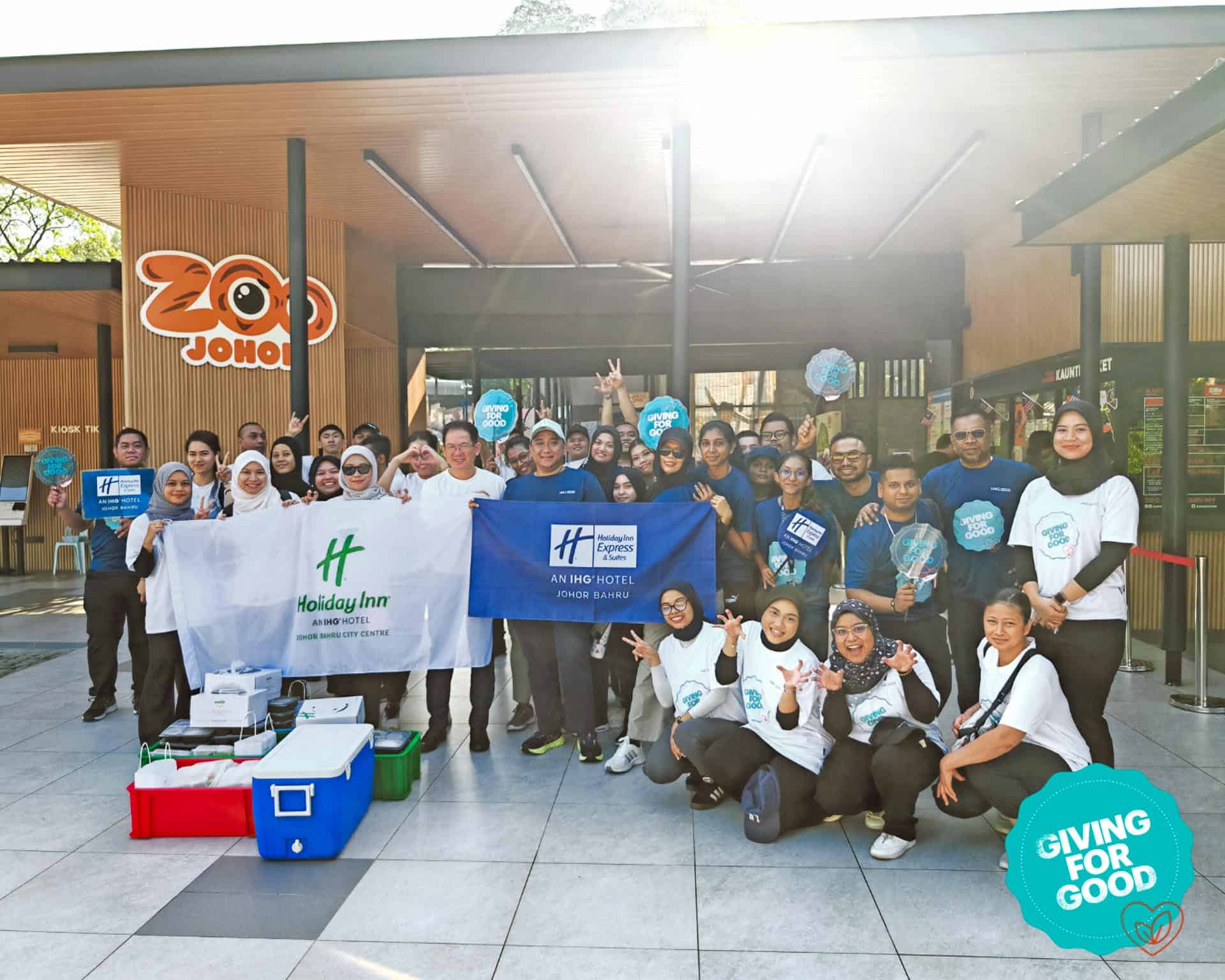
Kuala Lumpur, 2 June 2022 – While the aviation industry has had to deal with challenges in the past, it faced its most dire and unprecedented one yet with the recent pandemic. However, Vietjet has weathered this episode, emerging stronger than ever before, thanks to its pioneering spirit and robust inner strength with expanded flight networks in 2021, and even greater heights targeted in its radar for 2022.
Based on its recent 2022 Annual General Shareholders’ Meeting, Vietjet Aviation Joint Stock Company (HoSE: VJC) reportedly gained a consolidated revenue of VND 12,875 billion (approx. US$555 million) in 2021 and an after-tax profit of VND80 billion (approx. US$3.4 million). As of 31 December last year, Vietjet’s assets totalled nearly VND 51,654 billion (approx. US$2.22 billion) while its debt-to-equity ratio remained 0.9 and liquidity ratio at 1.6. These ratios are considered to be good indicators in the aviation industry, further proving that Vietjet is soaring upwards in the right direction.
When Vietjet bounced back in 2021 last year, it expanded its flight network and offered travelers more opportunities to fly. Last year, the airline operated 40,000 flights and transported more than 5.4 million passengers across over 50 domestic and international routes. It also airlifted more than 63,000 tons of cargo, reporting a revenue growth of 200% YOY.
The airline also operated several flights to airlift doctors, police officers and soldiers to pandemic-stricken localities as well as delivered millions of Covid-19 vaccine doses. Vietjet also joined hands with Sovico Group to grant medical utilities including ambulances, breathing machines, testing kits and hospital beds to wherever it was needed.
By the end of 2021, Vietjet commanded a fleet of 76 aircraft flying to 44 domestic and 95 international destinations. In preparation for post-pandemic recovery, Vietjet signed a strategic partnership agreement with Airbus on the deliveries of aircraft orders and cooperation to develop the airline’s wide-body fleet, in addition to other post-pandemic support.
Vietjet has invested in a wide-body fleet of Airbus A330-300 following the low-cost model, beginning a new era of longer-range flight routes. Both sides have also recently reached an agreement to continue their order contract with long-term cooperation programs aimed at making Vietnam a regional and global aviation center.
During the AGM meeting, shareholders also passed a resolution on the airline’s 2022 business plan, in which Vietjet aims to expand its fleet to 82 aircrafts, operating 100,000 flights and transporting 18 million passengers. Shareholders also voted to pass a resolution to pay a 20% stock dividend from accumulated undistributed profits from the years before the pandemic.
With all these new improvements and plans ahead, the airline plans to earn more than VND22,300 billion (approx. US$959 million) in air transport revenue and make a profit.
In recognising that 2021 was indeed a challenging year for the aviation industry, Vietnam Deputy Minister of Transport Le Anh Tuan praised Vietjet for its resilience and its ability to overcome it by demonstrating its efforts and business successes.
“Vietjet has actively resumed its domestic and international routes after the pandemic was put under control, including expanding new routes to Japan, South Korea and India. I hope that Vietjet’s newly added wide-body Airbus A330 fleet that is currently in preparation to fly to Australia and Europe will bring in more success to the airline,” said Le.
Since Vietjet first took flight in 2011, Vietjet has been known to be a pioneer in many aspects, such as using e-tickets in replacement of paper and the implementation of e-commerce. In order to continue pushing boundaries and being at the forefront of innovation, the airline is set to keep broadening its application of advanced technology, automation and innovation in 2022. It is also looking into bolstering the digital business sector in air transport, cargo and logistics, while simultaneously growing and expanding air services including ground handling, training, financing, project investment and other services.
Among revolutionary changes rolled out was the SFC02 that included solutions to optimise fuel consumption in aircraft operation and reducing environmental pollution. Next, the airline will continue to monitor and manage fuel consumption and CO2 emission of civil aircrafts as it strives towards emission reduction and climate change prevention.
Civil Aviation Authority of Vietnam Deputy Director Dinh Viet Son also acknowledged Vietjet’s contributions to the country’s aviation safety and service quality. He highly regarded Vietjet as a model for flexibility and adaptability to hold firm throughout the pandemic while seeking new opportunities to develop air transport.
“Vietjet has found the right way that is in line with the government’s (digital) orientation especially in the aviation sector, which demands highest safety and cutting-edge technology, and is also the current trend of the world,” said Dinh.
After fully re-operating all the domestic flight networks, Vietjet has returned with its international routes to all of the top tourist attractions such as Kuala Lumpur, Bangkok, Singapore, Bali, New Delhi, etc from Hanoi, Ho Chi Minh City, Da Nang with affordable prices and continuous promotion on the official website www.vietjetair.com, Vietjet Air mobile app, Facebook, Vietjet official agents or ticket offices nationwide and worldwide.